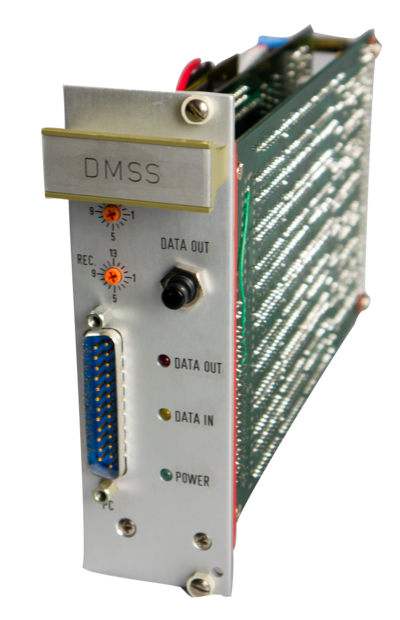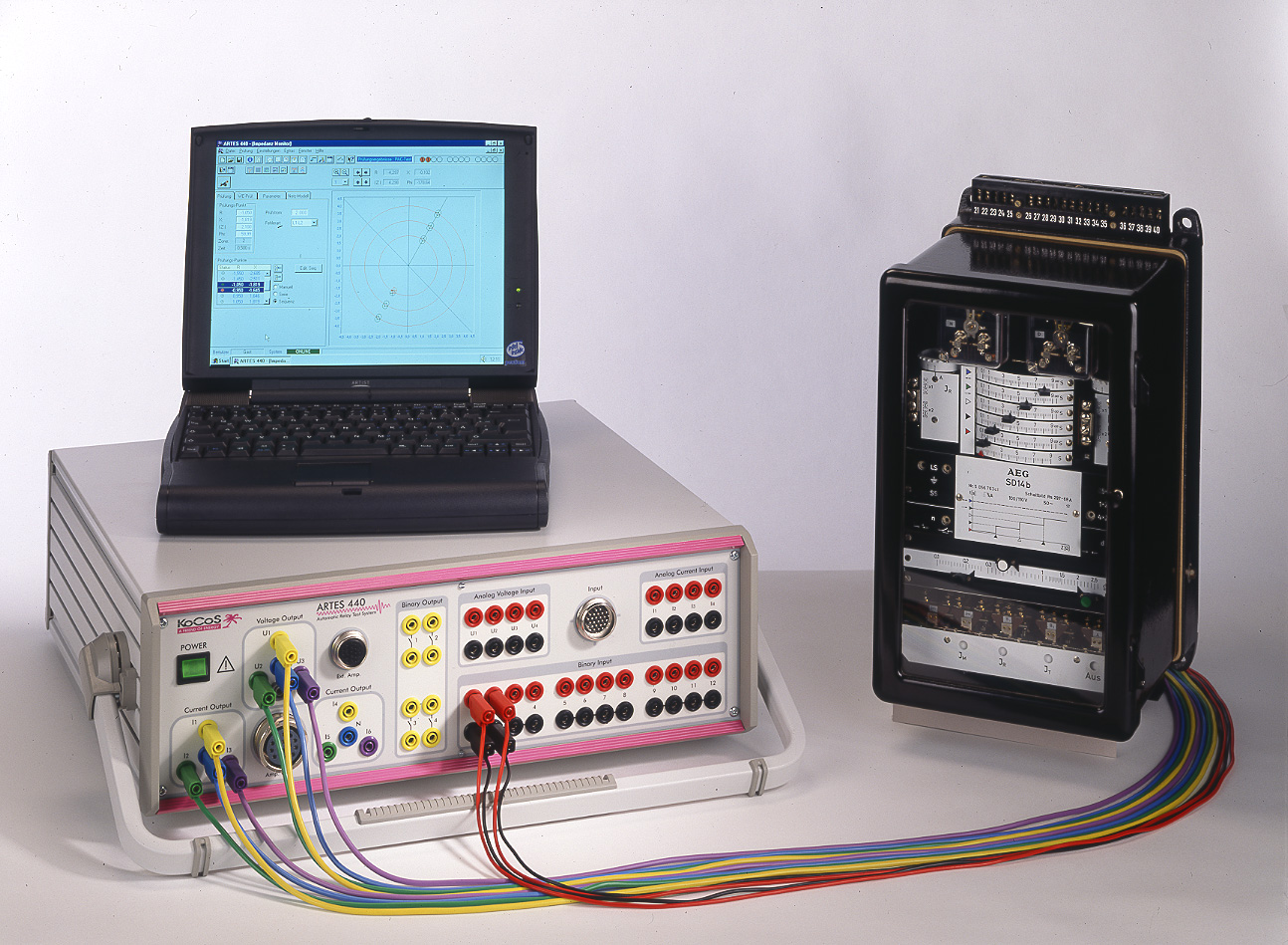25 years of Relay Testing with ARTES
 -
16. diciembre 2020
-
Protection relay testing
-
16. diciembre 2020
-
Protection relay testing
How it all began
As early as the beginning of the 1990s, KoCoS was able to offer products and solutions in the field of disturbance recording and switchgear testing which were unique in terms of their precision, functionality and simplicity of handling and operation. The basis for numerous innovations was a completely new hardware platform in 32-bit multiprocessor technology.

DMSS - Digital Measurement Simulation System
For the research, development and product testing of these new device generations, a special signal generator was needed, which was not available due to the special requirements. In order to ensure compliance with the specifications and the quality of the products, a special signal generator, the Digital Measurement Simulation System DMSS, was developed. With this system, it was possible to generate any signal waveforms synthetically by using software and to output them as high-precision analogue values via the appropriate hardware.
At that time, the first digital protection relays were already in use. Their functionality also made great demands on the devices needed for testing. For the most part, conventional test equipment was still in use for relay testing, in which transformers were used to generate the signals. However, these devices were not sufficient for testing digital protection relays.
With the Digital Measurement Simulation System DMSS, KoCoS had developed a signal generator that could also serve as the ideal basis for a new generation of relay test systems. What was still missing were components for measuring analogue and binary quantities as well as current and voltage amplifiers to provide the test values with the necessary amplitude and power.
Ideas, innovations and a new standard
The decision was quickly made to develop a relay testing system. For the measurement part, there were already sufficient solutions available from earlier developments. So "only" powerful and precise current and voltage amplifiers were needed.
But before the development could really get started, a precise specification for the new system had to be created. Of course, we first looked at what the market had to offer specifically for testing digital relays. There was not a lot. In fact, very few, and it was therefore not difficult to find a lot of ideas for the new system. Talks with users in the field of secondary technology, with whom we already had contact from the fault recorder application, were certainly helpful here.
The most important requirement, however, was defined by the management. On the one hand, the new relay testing system should be significantly more powerful and cheaper than the products available on the market. On the other hand, it should have unique selling points and advantages that offer the user a high benefit.
In addition, the new system should also define the future standard for professional testing systems. Not an easy undertaking, but it was completely fulfilled with the introduction of the ARTES 440 25 years ago. The many innovations and special features that the first ARTES 440 already had to offer will be discussed in more detail in future articles about the ARTES USPs.


Comments are disabled for this post.
0 comments